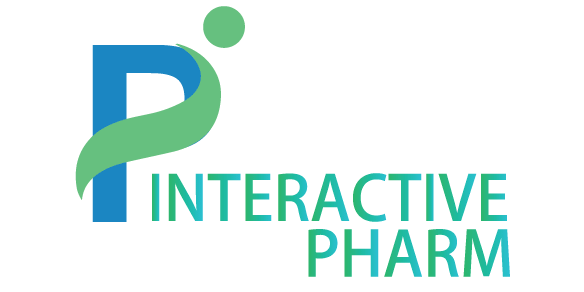One of the promises of the Human Genome Project was that knowledge of the entirety of the human genetic complement would permit researchers to identify genetic bases for diseases that had been intractable to conventional approaches. While these efforts have borne equivocal fruit much more slowly that expected or hoped, occasionally there are reports that validate the expectations that were the foundation for much of the support the HGP received during the time before its immediate goal of genome deciphering was achieved.
One such report was published earlier this year in Science using exome analysis (i.e., genetic analyses that focus on the expressed portion of the genome) to identify genes associates with amyotrophic lateral sclerosis (ALS), commonly known as “Lou Gehrig’s disease.” Ever since Gehrig’s timeless declaration that he was “the luckiest man on the face of the earth,” the specter of ALS has haunted mankind. A progressive, degenerative motor neuron disease that results in the lost of motor control, ALS sufferers face a frightening death. Despite this, and the impetus the disease has produced to search for a cure, there has been precious little progress since that day in 1939.
While not producing a cure, the results reported in Science at least provide additional clues to where a cure may be found. Specifically, the researchers studied 2869 ALS patients and 6405 (non-ALS normal) controls and “loss-of-function (LoF)” mutations in one gene in particular, TBK1 encoding TANK-binding kinase were found to be positively associated with ALS in about 1% of cases. This gene is known to bind to and phosphorylate two genes previously “implicated” in development of the disease, optineurin (OPTN) and p62 (SQSTM1/sequestosome), as well as a number of other proteins involved in innate immunity and autophagy. Patients having mutations in TBK1 exhibited shorter-than-usual survival times. In addition, patients having mutations in multiple ALS-associated risk genes presented with symptoms of the disease at an earlier age. According to the authors, these results “reveal a key role of the autophagic pathway in ALS and suggest specific targets for therapeutic intervention.” Further, “pathogenic variants in OPTN, SQSTM1, or TBK1 would be expected to lead to defects in autophagy and in key innate immunity signaling pathways. Mutations in these genes might therefore interfere with the normal function of these pathways in maintaining normal cellular riboproteostasis.”
The authors* state that their results provide “possible directions for drug screening programs” and “a critical role of autophagy and/or inflammation in disease predisposition.” They conclude:
Our exome sequencing study has identified variants that definitively predispose humans to a sporadic, complex human disease. Larger exome sequencing studies may reveal identifiable roles for genes that have not yet achieved significant associations. There is reason for optimism that such studies will begin to fill in an increasingly complete picture of the key genes implicated in ALS, providing multiple entry points for therapeutic intervention.
In the words of an old Yiddish (and Arabic) saying, “from their lips to God’s ear.”
* The international team was from the following institutions: Center for Applied Genomics and Precision Medicine and Department of Biostatistics and Bioinformatics, Duke University School of Medicine; Duke ALS Clinic and Durham VA Medical Center; HudsonAlpha Institute for Biotechnology; Institute for Genomic Medicine, Department of Neurology, Center for Motor Neuron Biology and Disease, Department of Pediatrics and Medicine, and Department of Biochemistry & Molecular Biophysics, Columbia University; Department of Neurology, University of Massachusetts Medical School; Montreal Neurological Institute, Department of Neurology and Neurosurgery, McGill University; Department of Genetics, Stanford University School of Medicine; Biogen Idec; Neurogenetics DNA Diagnostic Laboratory, Center for Human Genetics Research, Department of Neurology, Massachusetts General Hospital; Department of Neurology, Washington University School of Medicine; Department of Genome Analysis, Academic Medical Center, Amsterdam; Academic Unit of Neurology, Trinity Biomedical Sciences Institute, Trinity College Dublin; Department of Basic and Clinical Neuroscience, King’s College London, Institute of Psychiatry, Psychology and Neuroscience; Department of Neurology, Brain Center Rudolf Magnus, University Medical Centre Utrecht; Department of Neurology and Laboratory of Neuroscience, IRCCS Istituto Auxologico Italiano, and Department of Pathophysiology and Transplantation, Dino Ferrari Center, Università degli Studi di Milano, Milan; Cedars Sinai Medical Center; Houston Methodist Hospital; Weill Cornell Medical College of Cornell University; Ludwig Institute for Cancer Research and Department of Neurosciences, University of California, San Diego; Department of Neurology, University of Utah School of Medicine; Department of Pathology and Laboratory Medicine and Department of Neurology, Penn ALS Center and Penn Frontotemporal Degeneration Center, Perelman School of Medicine, University of Pennsylvania; Department of Neurology, Emory University; and Department of Cell Biology, Harvard Medical School.



